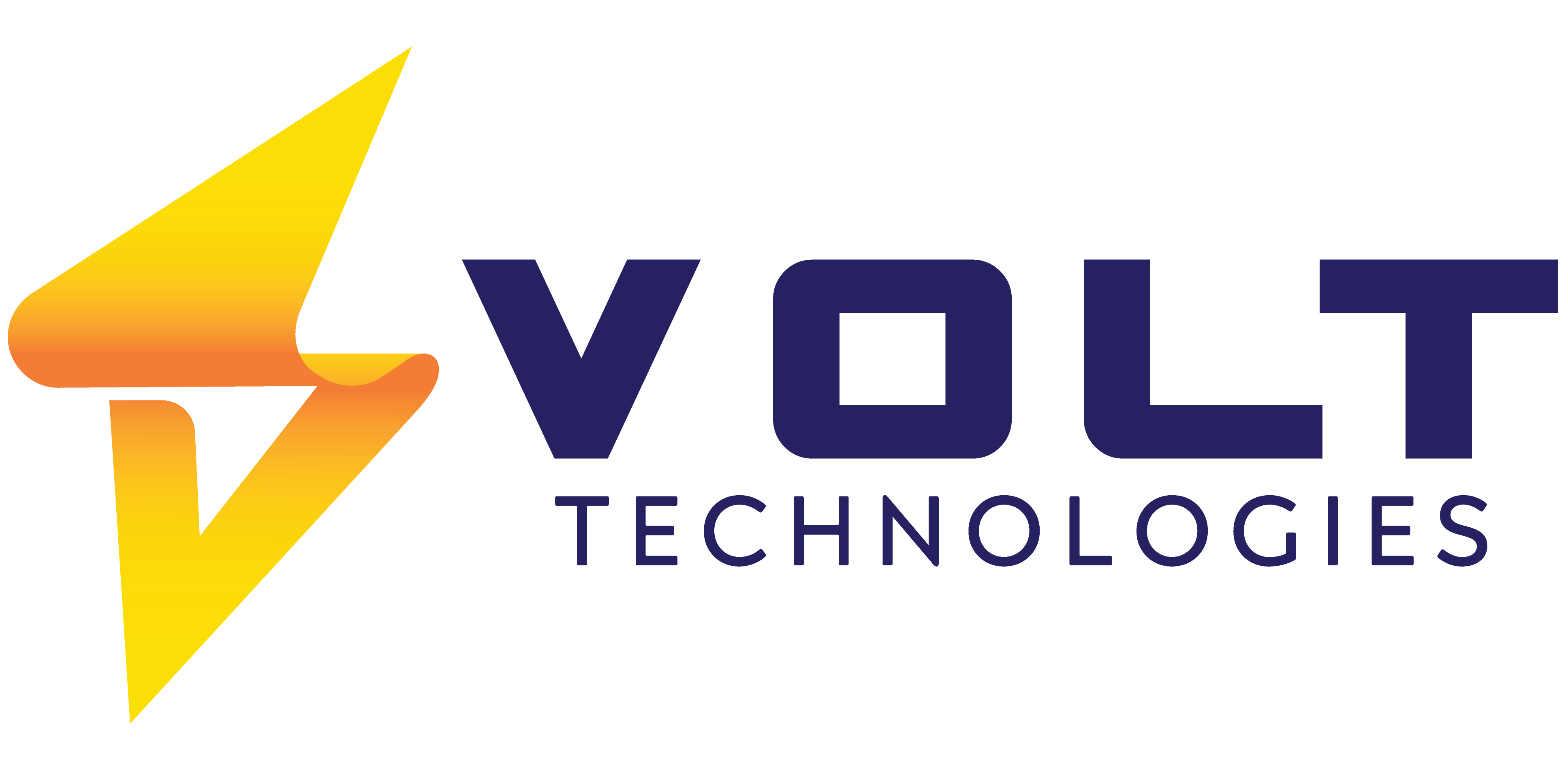Microsoft Tech Stack: Tools, Benefits & Impact


Microsoft Dynamics 365 | Simplify your IT footprint and make decisions faster.
- October 6, 2025
Introduction
The Microsoft technology stack has become one of the most powerful ecosystems for modern businesses in 2025. From cloud infrastructure and data management to enterprise applications and collaboration tools, the Microsoft technology stack explained is more than just software, it’s an architecture that connects every layer of your business. For small and mid-sized companies, choosing the right stack is critical. According to Gartner’s 2025 Market Guide for ERP, Microsoft remains a top vendor for SMB digital transformation, with Business Central at its core. In this article, we’ll explore the microsoft technology stack tools, its components, integration benefits, and why it matters for organizations seeking scalability, security, and growth.
What Is the Microsoft Technology Stack?
The Microsoft technology stack is a collection of tools, frameworks, applications, and cloud services designed to work together seamlessly. Unlike standalone solutions, the microsoft stack components are built to integrate at every level, from infrastructure and databases to productivity tools and enterprise applications. This makes it one of the most complete and versatile technology ecosystems in the market.
At its core, the microsoft technology stack explained combines four layers:
- Cloud Infrastructure (Azure):
Microsoft Azure powers the stack with scalable cloud hosting, AI services, data storage, and security. In Q2 2025, Azure held a 24% global cloud market share, second only to AWS, proving its position as a trusted enterprise cloud. - Data & Databases (SQL Server, Azure Data Lake):
Microsoft SQL Server remains one of the world’s most widely used relational databases, while Azure Data Lake enables big data analytics and AI-driven insights. Together, these tools ensure businesses can manage and interpret data at scale. - Application Development (Visual Studio, .NET, GitHub, Azure DevOps):
The microsoft development stack provides developers with everything from code editors to CI/CD pipelines. With .NET 8 and GitHub Copilot, teams are building faster and smarter than ever before. - Business Applications & Productivity (Dynamics 365, Microsoft 365, Power Platform):
- Dynamics 365 Business Central: an ERP solution tailored for small and mid-sized businesses.
- Power Platform: low-code/no-code tools (Power BI, Power Apps, Power Automate) that empower non-developers.
- Microsoft 365: productivity essentials like Teams, Outlook, and SharePoint.
According to IDC’s 2025 Future of Digital Infrastructure Report, businesses using integrated ecosystems like Microsoft’s see 40% lower operational overhead compared to those stitching together multi-vendor solutions.
Why Integration Matters
The strength of the Microsoft stack lies in interoperability. For example, a finance team using Dynamics 365 Business Central can collaborate in Microsoft Teams, visualize data in Power BI, and automate reports with Power Automate, all without leaving the Microsoft environment.
This integration makes the microsoft technology stack architecture uniquely suited for SMBs that need enterprise-grade capabilities without the complexity of multiple vendors.
Microsoft Technology Stack Tools & Architecture
The strength of the Microsoft technology stack tools lies not just in their individual power but in how they come together under a single microsoft tech stack architecture.
At a high level, the microsoft tech stack architecture is built on four layers:
- Infrastructure & Cloud (Azure)
- Tools: Azure Virtual Machines, Azure Kubernetes Service (AKS), Azure Functions.
- Purpose: Provides the secure, scalable foundation to run workloads in the cloud or hybrid environments.
- Data & Analytics
- Tools: SQL Server, Azure Synapse Analytics, Azure Data Lake, Power BI.
- Purpose: Enable real-time analytics, predictive insights, and reporting across the business.
- Application Development & Integration
- Tools: Visual Studio, .NET, GitHub, Azure DevOps.
- Purpose: Build and deploy applications faster, supported by AI-driven development with GitHub Copilot.
- Business Applications & Collaboration
- Tools: Dynamics 365 (including Business Central), Power Platform, Microsoft 365 (Teams, Outlook, SharePoint).
- Purpose: Empower businesses to run daily operations, automate workflows, and foster collaboration.
A Unified Architecture for SMBs
For small and mid-sized businesses, the value of the microsoft technology stack explained is its end-to-end design. An SMB can:
- Host applications on Azure,
- Manage finances and supply chain in Business Central,
- Generate insights with Power BI,
- Collaborate in Teams,
- And deploy custom apps via Power Apps, all without leaving the Microsoft environment.
Benefits of the Microsoft Stack for SMBs
The microsoft stack benefits are not limited to enterprise-scale companies. For small and mid-sized businesses (SMBs), the Microsoft ecosystem offers a practical and cost-effective way to modernize operations, improve efficiency, and scale without complexity. The real advantage comes from integration,how well the microsoft stack components work together to create a seamless business environment.
Here are the top benefits of the microsoft technology stack explained for SMBs:
1. Seamless Integration Across Business Applications
- With Dynamics 365 Business Central at the core, SMBs can integrate finance, operations, CRM, and supply chain in one system.
- Microsoft 365 tools like Teams and Outlook connect directly, enabling employees to collaborate while working in familiar applications.
- microsoft stack integration benefits: Fewer silos, faster information flow, and improved decision-making.
“Organizations that adopt integrated technology stacks reduce operational inefficiencies by 25% compared to those managing multiple vendors.” — IDC 2025.
2. Scalability for Growth
- SMBs often face challenges when expanding to new markets or adding product lines. The microsoft technology stack tools scale effortlessly, from hosting new apps on Azure to adding user licenses in Business Central.
Microsoft reports that 70% of SMBs migrating to Azure scale operations within their first 18 months without additional infrastructure investments.
3. Enterprise-Level Security and Compliance
- Powered by Azure Active Directory (Entra ID), Microsoft Defender, and built-in compliance features, the stack offers enterprise-grade security even for SMB budgets.
- Quote: Satya Nadella noted at Ignite 2024: “Cybersecurity is the number one challenge for every business, and we are committed to making enterprise-grade security available to everyone.”
4. Cost Efficiency & ROI
- Instead of juggling multiple software vendors, SMBs consolidate under one ecosystem, reducing licensing, training, and integration costs.
- Forrester’s 2025 TEI study showed that SMBs implementing Business Central within the Microsoft stack realized an average 162% ROI within three years.
5. Empowerment Through Low-Code Tools
- With Power Platform, even non-technical staff can automate tasks and build apps, saving time and development costs.
Why Business Central Is the Core for SMBs
For growing businesses, Dynamics 365 Business Central is more than an ERP, it’s the anchor of the microsoft development stack. By connecting seamlessly to Power BI, Azure, and Microsoft 365, it transforms operations into a connected digital workplace.
This is why Volt Technologies specializes in Business Central implementations: it’s the practical starting point for SMBs to leverage the full power of the Microsoft stack.
Microsoft Tech Stack vs AWS
When evaluating technology ecosystems, businesses often compare the microsoft tech stack vs AWS. While Amazon Web Services (AWS) dominates cloud infrastructure, Microsoft’s strength lies in providing a complete, integrated ecosystem that extends beyond cloud hosting.
For SMBs, this difference is critical: AWS may offer more raw cloud services, but the microsoft technology stack explained gives you both infrastructure and business applications that work together.
Comparison Table: Microsoft Tech Stack vs AWS
Feature/Category | Microsoft Tech Stack | AWS |
Cloud Infrastructure | Azure (24% market share, hybrid-first, strong enterprise security) | AWS (31% market share, broadest cloud service catalog) |
Business Applications | Dynamics 365, Business Central, Power Platform | None (requires third-party ERP/CRM solutions) |
Productivity & Collaboration | Microsoft 365 (Teams, Outlook, SharePoint) | None (relies on integrations with external providers) |
Development Stack | .NET, Visual Studio, GitHub, Azure DevOps | Primarily open-source focused; no unified dev environment |
Integration Benefits | Native integration across all layers (ERP ↔ Office ↔ Cloud) | Integration depends on third-party tools and APIs |
SMB Relevance | Tailored licensing, cost-effective Business Central ERP, low-code Power Apps | Strong for startups with developers, but higher learning curve for SMBs |
AI & Automation | Microsoft Copilot across Office, Dynamics, and Azure AI | AWS Bedrock and SageMaker (strong AI infra, but not business app integrated) |
Narrative Analysis
- Cloud Strength: AWS still leads in sheer market share (31%), but Microsoft Azure’s 24% share continues to grow, especially in hybrid cloud deployments where SMBs need flexibility.
- Business Applications Advantage: Unlike AWS, the microsoft stack components include Dynamics 365 Business Central, an SMB-ready ERP tightly connected to Office apps. This gives Microsoft a huge advantage in business workflows.
- Integration vs. Fragmentation: The microsoft stack integration benefits are clear: SMBs can run operations, collaborate, and analyze data in one environment. AWS users often need to bolt on third-party solutions for ERP, CRM, or productivity.
- Developer Ecosystem: AWS is excellent for developers building at scale, but Microsoft’s microsoft development stack (with .NET, Visual Studio, GitHub Copilot) offers a smoother experience for companies that want speed + integration.
As IDC’s CloudPulse 2025 report notes: “SMBs increasingly prefer Microsoft for end-to-end digital transformation, while AWS remains dominant among large-scale infrastructure buyers.”
Microsoft Tech Stack Trends in 2025
Technology adoption is accelerating, and businesses want stacks that not only serve today’s needs but also adapt to tomorrow’s challenges. The microsoft tech stack trends 2025 reveal a clear shift: companies are looking for intelligent, connected, and flexible ecosystems that integrate operations, data, and collaboration.
Here are the top trends shaping the Microsoft technology stack in 2025:
1. AI and Microsoft Copilot Everywhere
- Microsoft’s Copilot AI is now embedded across the stack, from Business Central to Outlook, Power BI, and Dynamics 365 Sales.
- SMBs can generate reports, automate invoices, or even draft customer emails using AI inside familiar tools.
- Benefit for SMBs: Faster decisions, reduced manual work, and democratized access to advanced analytics.
2. Low-Code/No-Code Expansion with Power Platform
- Power Apps and Power Automate adoption continues to grow, enabling non-developers to create custom apps and workflows.
- Gartner’s 2025 report predicts that 70% of new business applications will be built with low-code tools by 2027, with Microsoft leading the category.
- microsoft stack integration benefits: SMBs can connect ERP (Business Central) with CRM, HR, or even external apps, all without heavy coding.
3. Industry-Specific Cloud Solutions
- Microsoft has rolled out industry clouds (Finance, Retail, Manufacturing, Healthcare), offering pre-built templates and compliance frameworks.
- This aligns with SMBs in regulated industries that want quick deployments with built-in compliance.
- Volt can help SMBs tailor Business Central within these industry-specific Microsoft Cloud packages.
4. Hybrid Cloud and Edge Adoption
- SMBs are embracing hybrid models, keeping sensitive workloads on-premise while leveraging Azure for scalability.
- Azure Stack HCI and Azure Arc make hybrid management simple.
- IDC 2025 reports that 48% of SMBs now prefer hybrid approaches, driven by compliance and cost efficiency.
5. Deeper Integration with Dynamics 365 Business Central
- Business Central continues to expand with AI-driven forecasting, supply chain optimization, and financial planning tools.
- SMBs using Business Central as their ERP are leveraging seamless links with Power BI dashboards, Teams collaboration, and Azure AI insights.
- For Volt’s clients, this means a future-ready ERP that evolves with every Microsoft release.
Why the Microsoft Stack Matters for SMBs Today
For today’s small and mid-sized businesses, technology is no longer just an enabler, it’s a growth driver. The microsoft technology stack stands out because it brings together cloud, data, collaboration, and business applications into a single, unified ecosystem. Unlike fragmented solutions, the microsoft stack components are built to integrate seamlessly, allowing SMBs to run leaner, scale faster, and innovate continuously.
- With Azure, businesses gain secure, scalable infrastructure.
- With Dynamics 365 Business Central, SMBs run their finance, supply chain, and operations with enterprise-grade ERP.
- With Power Platform, non-technical teams automate workflows and build apps without needing IT support.
- With Microsoft 365, employees collaborate more effectively than ever before.
For SMBs, this means the microsoft technology stack explained isn’t just a technical decision, it’s a business strategy.
At Volt Technologies, we specialize in implementing Dynamics 365 Business Central and helping SMBs unlock the full power of the Microsoft ecosystem. From migration planning to ongoing support, our mission is to ensure your technology works as hard as you do.
Ready to see how the Microsoft stack can transform your business? Contact Volt Technologies today to discuss your Business Central journey.
